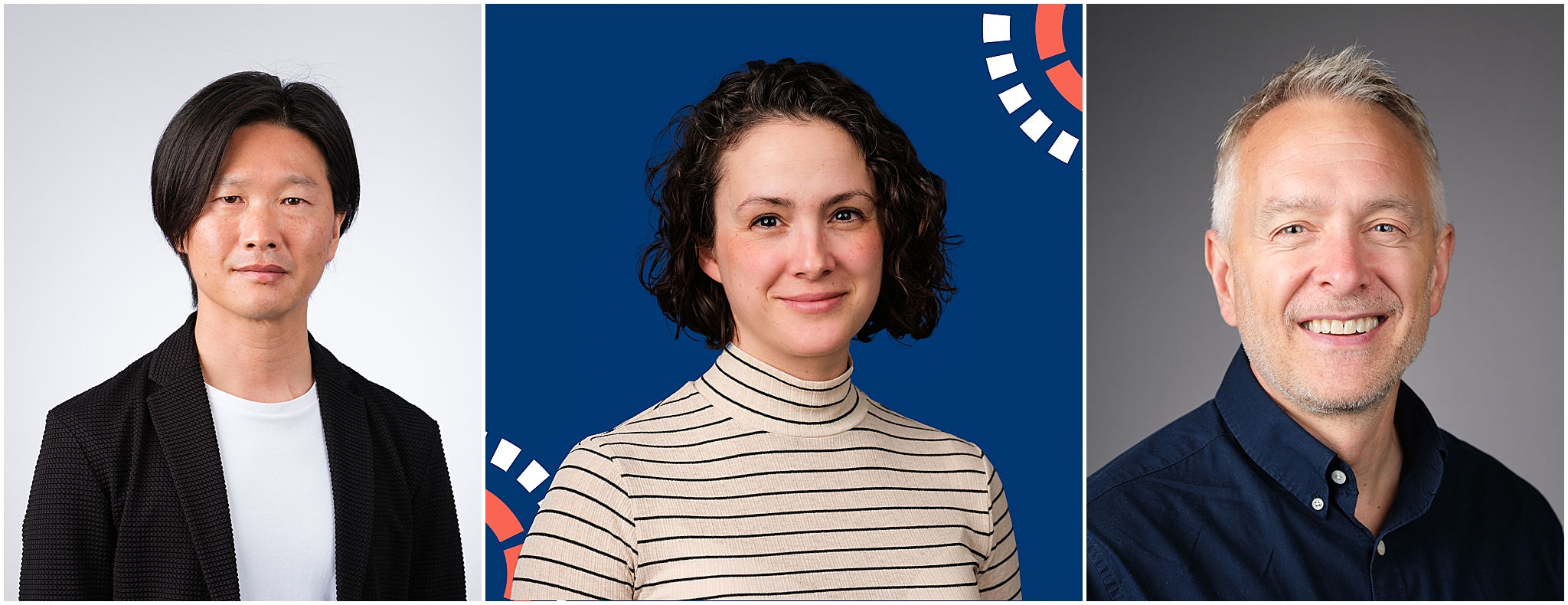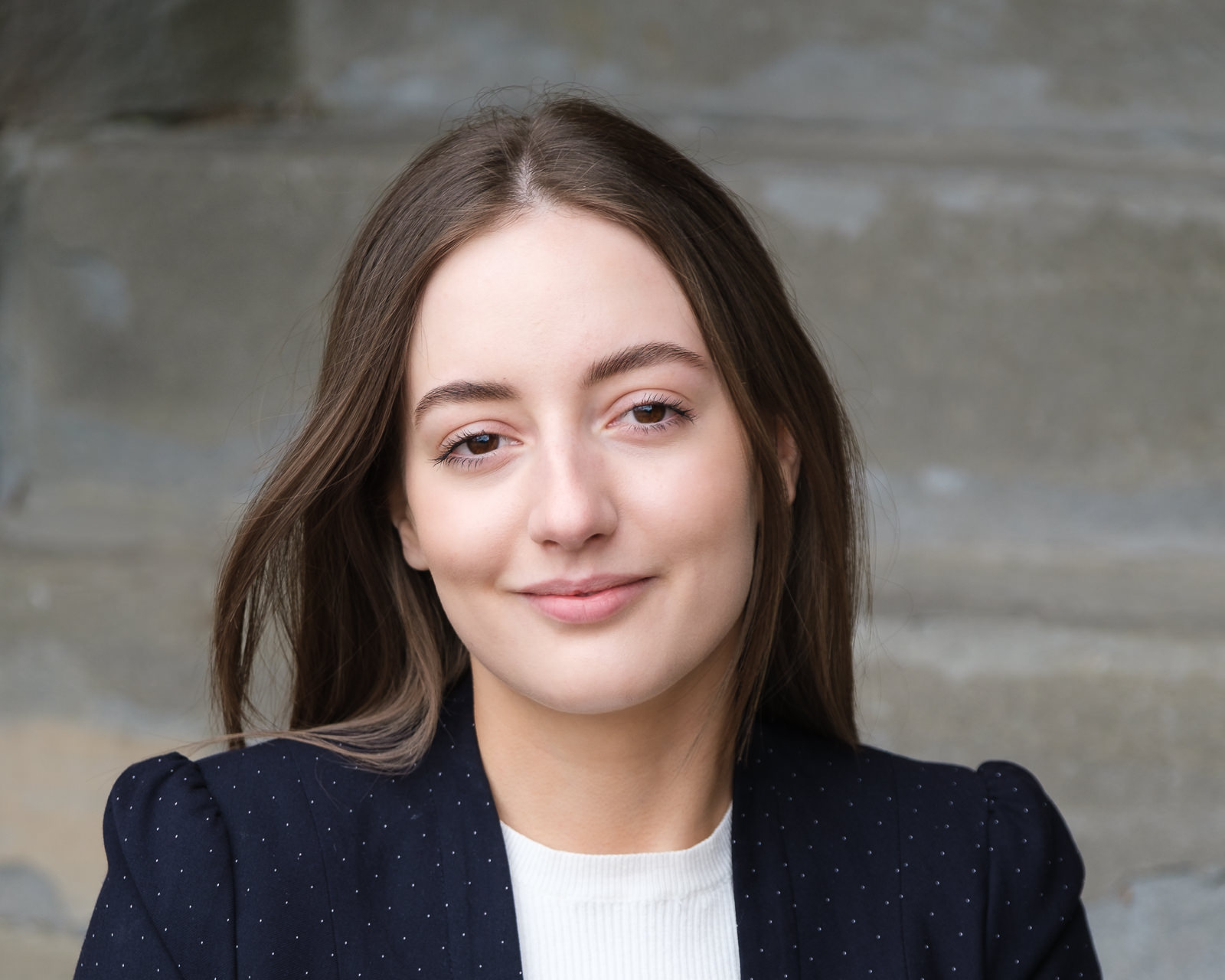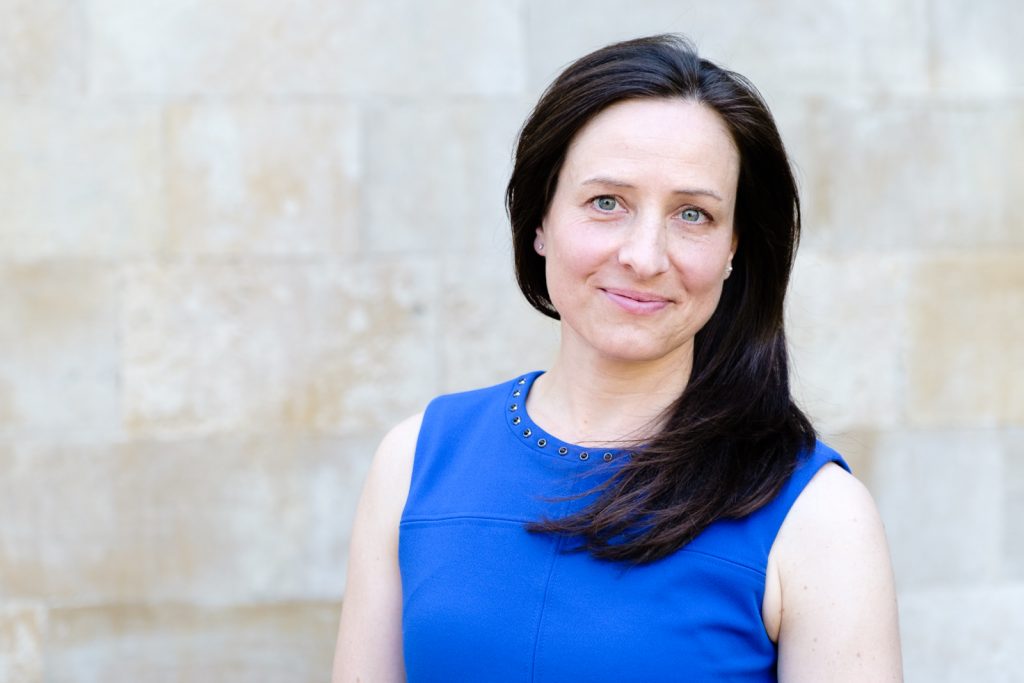Have you decided it’s time to refresh your company or team headshots, but you’re not sure what’s involved or how to get started?
In this short guide I’ll take you through some of the options to help you decide the best approach for your company.
There’s no one size fits all with headshots, and it’s worth taking the time to think about your brand and company culture. Ask yourself what you’d like your team photos to say about your company.
Getting everyone together
One of the biggest challenges with a corporate headshot day or planning your team photos is getting everyone together. With remote teams and hybrid working becoming more common, there may only be a few times a year when everyone is together.
If you’re planning a conference, town hall, team building day or your senior leadership team are taking some time out for a strategy session, these are great opportunities to plan a headshot session.
Alternatively, you could allocate a day to bring everyone into the office, avoiding popular holiday periods to get the best turnout.
Planning
If you have a team day or company event in a few months it’s worth having a conversation with your photographer as soon as possible. Photographers will often take bookings 6-9 months ahead so making sure your preferred photographer is available will help you secure them. It might be a quick call to reserve a date with the details agreed nearer the time.
Choosing a headshot style
There are lots of headshot styles to choose from. Exploring a few ideas with your marketing team beforehand will help you brief your photographer.
I’ve written a few FAQs on what makes a great headshot. Simply put, a headshot is a head and shoulders photograph with the person looking directly at the camera with a warm, confident, and approachable expression.
You will see lots of variations with landscape and portrait orientations. Some are photographed tight and others photographed wider revealing more of the background.
When we look at a headshot, we only have a few seconds to process the image, so ideally the face should be the focus with good eye contact and a warm expression.
Think of a headshot as a visual handshake. You need to make a strong connection and leave the viewer with a positive lasting impression.
Creating a cohesive set of corporate headshots or team photos
I’m often asked how to bring a group of headshots together so they work as a cohesive set. Let’s explore this further.
Most companies want to create some consistency with their headshot style, so they feel on brand. They’re also keen for their teams to show their personality and individuality.
Headshots are often displayed on the company intranet or “about us” page and are scanned by prospective employees, clients, and business partners. Considering what your business headshots say about your company deserves some time and thought.
Here’s a few of the elements that help to bring your team headshots together as a cohesive set.
- Use the same location or a consistent background with similar colours and brightness. If you’re going to mix up the background, make sure there’s a consistent theme.
- Keep the head and shoulders roughly the same size in all the photos so they feel balanced.
- Use the same lighting set up for all the headshots. This is particularly important when you’re refreshing or adding new team members a year or so down the line.
- Try and avoid adding phone or selfie headshots to a group of professional headshots. They will stand out a mile and ruin the consistency you’ve carefully created.
- Encourage your team to show their character and personality but don’t go too wild. The role of a corporate headshot is different to a social media photo, so set some boundaries that feel appropriate for your business.
- Share clothing and style guides with your team beforehand. This links back to looking professional while allowing your team to show their character and personality.
Indoors versus outdoors
Outdoor photo sessions are great for showcasing your location or a connection with the outdoors, but the weather can be challenging and easily ruin your plans.
If you’re photographing a few people you can be adaptable. However, with larger groups and teams I recommend switching to an indoor session where you have more control.
Additionally, natural light changes colour, direction and intensity throughout the day and the seasons. These changes will lead to differences in your headshots and will make it very difficult to create a consistent look.
Location and lighting
My recommended approach is book a private space or meeting room in your office (or hotel if you’re off site). This will allow your photographer to set up a mini headshot studio for the day.
There are lots of different lighting styles for headshots and some are more dramatic than others. My preferred style is to create soft light (using flash and soft boxes) evenly lighting the face. This style compliments all skin types and can be easily adapted during the session if needed.
Most people prefer privacy when they’re being photographed. With a mini studio, the lighting is the same all day and also allows the photographer to focus on helping your team to relax. The privacy also allows them to be in the moment and have some fun too!
If possible, a room with minimum dimensions of Width 3m x Length 4.5m x Height 2.3m is ideal (without any large furniture in the centre of the room). This provides enough space to set up the mini headshot studio and sufficient distance to photograph with a portrait lens.
Choosing a backdrop (background)
There’s a huge range of backdrop options. My recommendation is to keep it simple. The role of the backdrop is to provide a neutral reference point that allows the person to standout and shine.
Ultimately it will come down to personal preference and the final choice may be a branding decision.
Backdrop options
My personal favourite is a neutral grey background. It’s simple, adaptable and works with all skin tones and clothing choices. A grey background can also be lightened or darkened with lighting during the headshot session or during the edit stage afterwards.
White or very light backgrounds are often chosen when a business has a light and bright style guide and allows the headshots to blend into the website or other marketing material.
Black backdrops are a bold statement and rarely used in business and corporate headshots. You’ll often see a black backdrop used with actor headshots, combined with high contrast lighting.
Finally, there’s a huge range of bespoke options to consider.
Some companies will choose a location or coloured backdrop in their office that ties in with their branding. This requires a little more planning to make sure the backdrop lighting can be consistently controlled during the headshot session.
Another bespoke option commonly used is a branded background or motif. This approach requires sufficient lighting contrast during the headshot session so the background can be replaced in post-production. Bespoke backgrounds add more complexity and cost but they’re a great option if you want a personalised design.
Making sure everything flows smoothly
Finally, the logistics of running a successful headshot session shouldn’t be underestimated. Depending on the number of people and budget I recommend allocating 10-15 minutes per person.
This should be scheduled beforehand so everyone knows where they need to be, so they can arrive prepared for their allocated time.
10-15 minutes allows enough time for everyone to relax at the start of their mini session. There’s time to make subtle changes to the lighting (adjusting for height, skin tone and hair colour etc) and to help each person create a headshot they’re happy with.
If there’s sufficient time, allowing team members to choose their favourite headshot makes the session more interactive and allows the photographer to guide the process. This approach also saves time and avoids all the back and forth for the team member responsible for organising the session.
In summary
There’s a lot to think about if you’re organising a headshot session and my role as a professional business headshot photographer is to guide and support you through the process. I’ll listen to your ideas and help you develop a plan that meets your design aspirations, space, time constraints and budget.









































